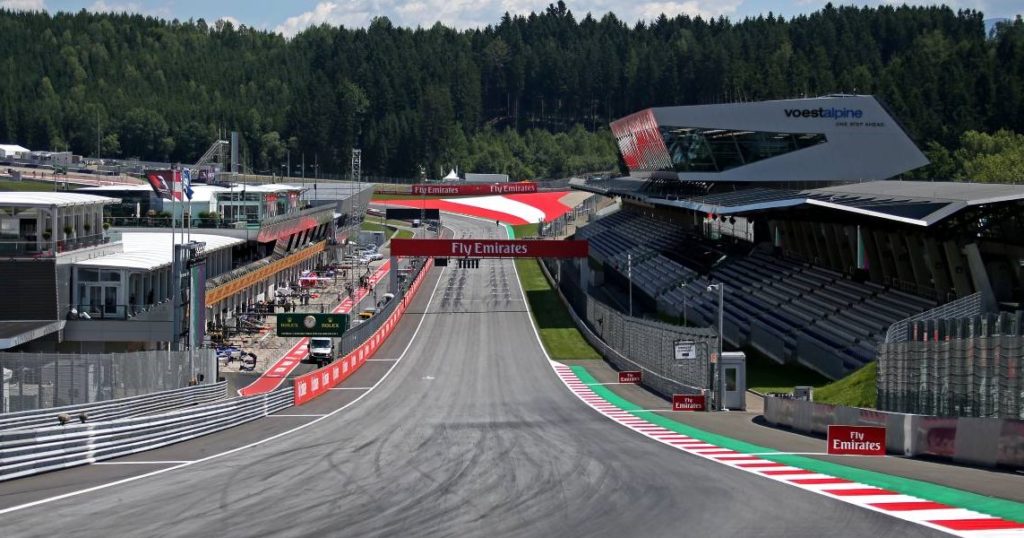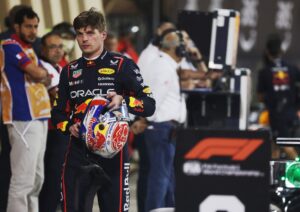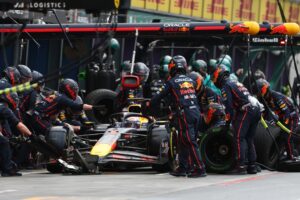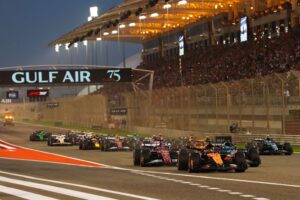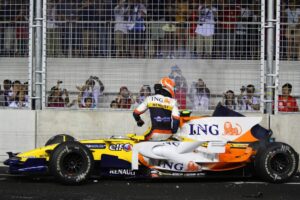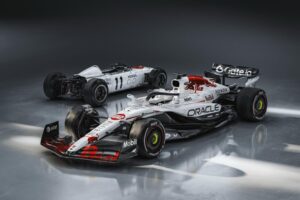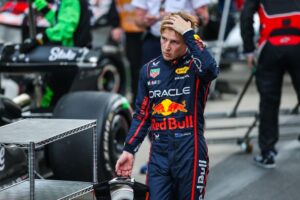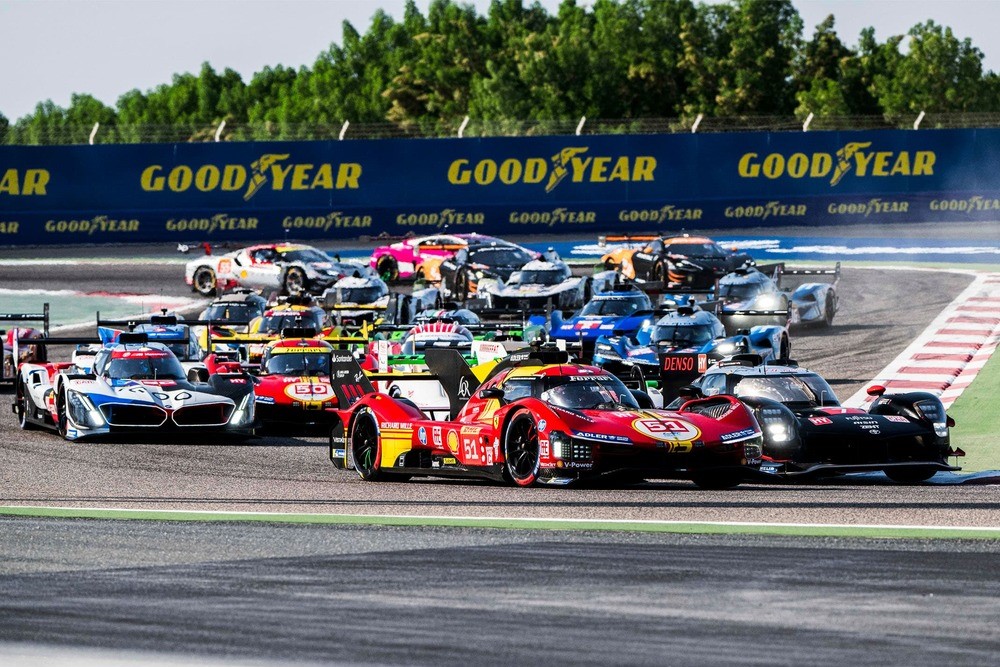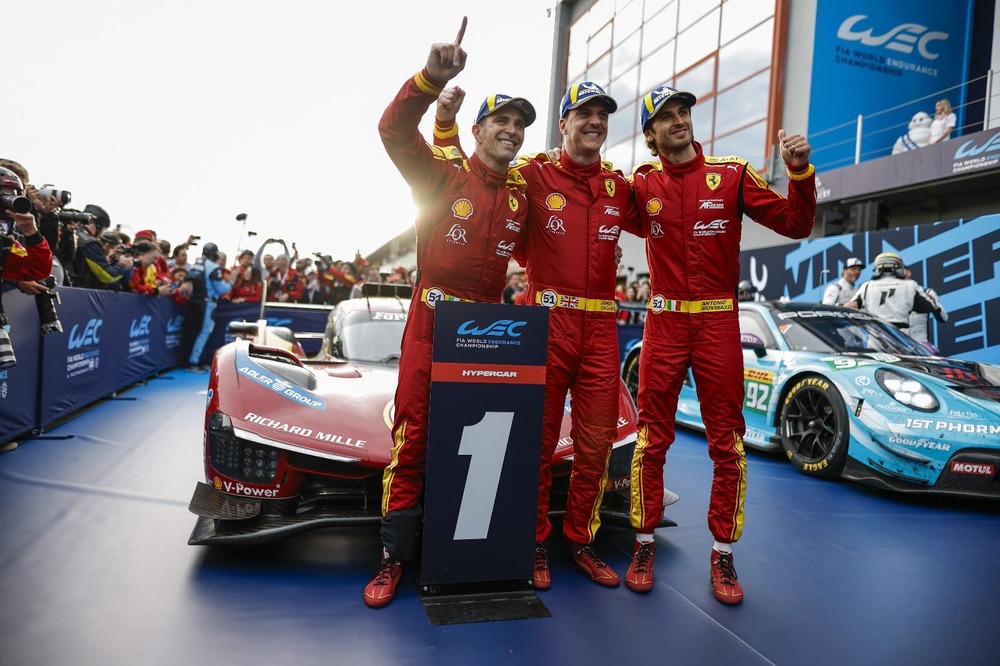Formula 1 and DHL have today revealed the latest innovation by the sport to bring more sustainable solutions in pursuit of its commitment to reaching Net Zero by 2030.
As part of its larger ambition to achieve Net Zero by 2030, Formula 1 is rolling out the trial as it keeps looking into sustainable alternatives to power events in the future. F1 has already launched a number of projects to lessen its carbon footprint by changing how it operates and implementing new technology.
This includes the DHL’s new biofueled trucks, which will be moving goods across Europe in 2023 and are projected to reduce emissions by 60% when compared to vehicles that run on conventional fuel.
Additionally, it is planned to use biofuels at nine races this season to power the ETC, TV facility, and other technical generators. The Spanish Grand Prix’s battery power solution testing resulted in a 42% reduction in the energy generated through diesel, cutting the generator’s operation time from 24 hours to roughly 3 hours each day.
The Formula 1 Event Technical Centre (ETC), which houses the at-track broadcast operations, the Pit Wall, the Timing Room, and all garages and motorhomes owned by F1, teams, and the FIA will all be powered by a low-carbon system at the Austrian Grand Prix.
Compared to last year’s Austrian Grand Prix, the new energy system is anticipated to result in a 90% carbon reduction in the operation of the Paddock, Pitlane, and F1 broadcast area.
The system is expected to produce enough energy to meet peak and continuous demand over the race weekend.
Formula 1 will trial a more efficient energy generation system in Austria this weekend as part of its wider strategy to reach Net Zero by 2030#AustrianGP #F1https://t.co/QRTNleLe76
— Formula 1 (@F1) June 27, 2023
“Formula 1’s approach to driving innovation that creates meaningful impact and influence on the wider world goes beyond hybrid engines and sustainable fuels,” head of ESG Ellen Jones said.
“This approach drives everything we do including how we run our own operations, and the trial in Austria is the latest example of this, demonstrating the commitment from Formula 1 and key stakeholders to develop new ways of working.
“Using the latest technology and innovations, we’re continuing to explore new opportunities to deliver events in a more sustainable way to reduce our carbon footprint.”
The cutting-edge energy generation system will be powered by more environmentally friendly sources, including a hydrotreated vegetable oil (HVO) biofuel and 600m2 of solar panels on the inner field of the final corner at the Red Bull Ring, which will provide an estimated 2.5MWh of energy throughout the event.
“This energy trial is the latest push for more sustainable operations, which feeds into our overall goal of being Net Zero by 2030 and shows the desire across the paddock from key stakeholders, who have bought into the ambition and understanding of why it is important too,” Formula 1’s Logistics Director Ian Stone added.
“There’s not only the obvious benefit of reducing energy consumption and carbon emissions, but logistically it offers us the opportunity to create a more streamlined approach to powering Grand Prix events.”

